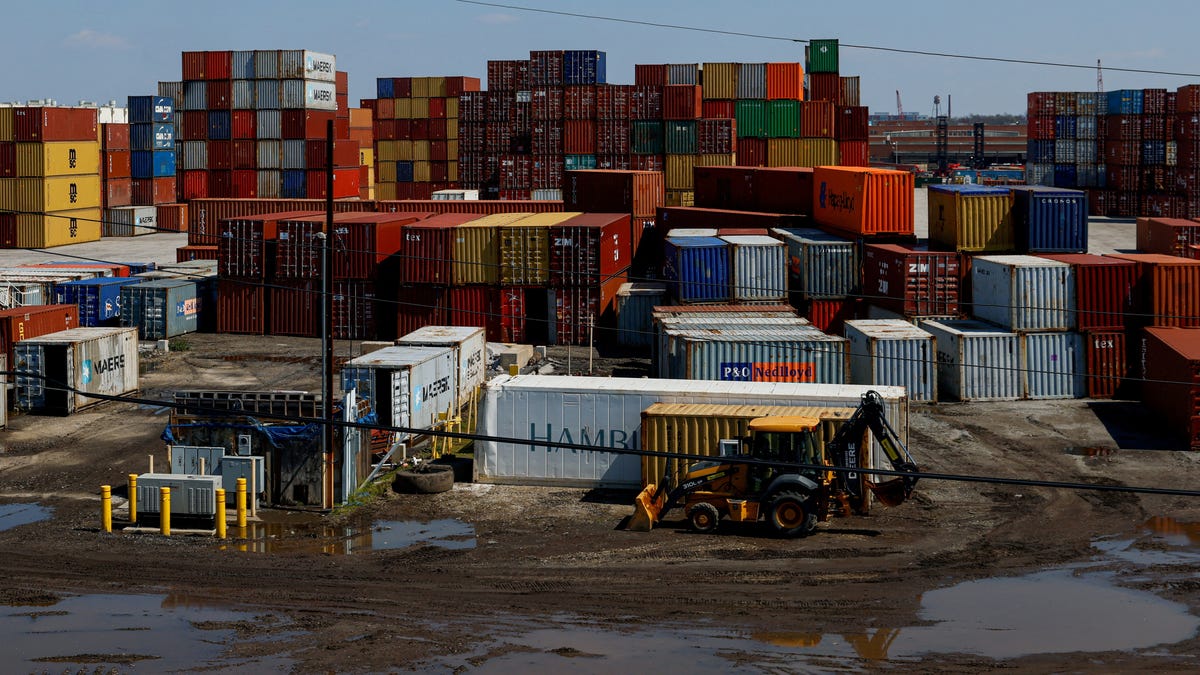U.S. Army Corps of Engineers Works to Reopen the Port of Baltimore
The U.S. Army Corps of Engineers (USACE) is currently focused on an ambitious timeline to reopen the Port of Baltimore following the recent collapse of the Francis Scott Key Bridge, which resulted in the port’s closure.
Recovery Efforts
The USACE has outlined its plans to create a limited access channel to the Port of Baltimore by the end of April, aiming to support one-way traffic for barge container service and vessels carrying automobiles and farm equipment. This initial reopening is set to take place within just under four weeks.
By the end of May, the Army Corps aims to fully reopen the federal channel, restoring normal capacity to the key port. The temporary channel will have dimensions of 280 feet wide and 35 feet deep, while the permanent federal navigation channel will be significantly larger at 700 feet wide and 50 feet deep.
Scott Spellmon, the commanding general of the USACE, emphasized the challenge of these ambitious timelines, noting that adverse weather conditions or evolving complexities in the wreckage could potentially impact the schedule. Nevertheless, efforts are being expedited with a focus on safety to clear the channel and resume full service at this crucial port.
Importance of the Port
It is imperative to expedite the reopening of the port to avoid further disruptions in the supply chain. In the previous year, the port handled approximately $80 billion worth of foreign cargo. With vessel traffic halted, an estimated $6 billion worth of cargo remains bottlenecked each month, underscoring the urgency of restoring operations.
The Port of Baltimore serves as a vital hub for the automotive industry, holding the distinction of being the top U.S. port for autos for 13 consecutive years. Major automakers, both domestic and foreign, such as Nissan, Toyota Motor, General Motors, Volvo, Jaguar Land Rover, and the Volkswagen Group, rely on the port for importing and exporting their vehicles.
Bridge Collapse Impact
The collapse of the Francis Scott Key Bridge occurred when it was struck by a cargo ship chartered by Maersk. Tragically, six individuals lost their lives, including four workers who fell into the Patapsco River during the incident.
Despite the challenges posed by this catastrophic event, Spellmon reaffirmed the commitment to restoring a fully operational federal channel at the Port of Baltimore, emphasizing the meticulous approach and paramount focus on safety throughout the recovery process.
In conclusion, the collaboration between the U.S. Army Corps of Engineers and various stakeholders underscores the critical importance of reopening the Port of Baltimore swiftly and securely, safeguarding its role as a linchpin in the nation’s economy and logistical network. Efforts are ongoing to expedite the recovery process and resume operations at this pivotal port.
Image/Photo credit: source url





